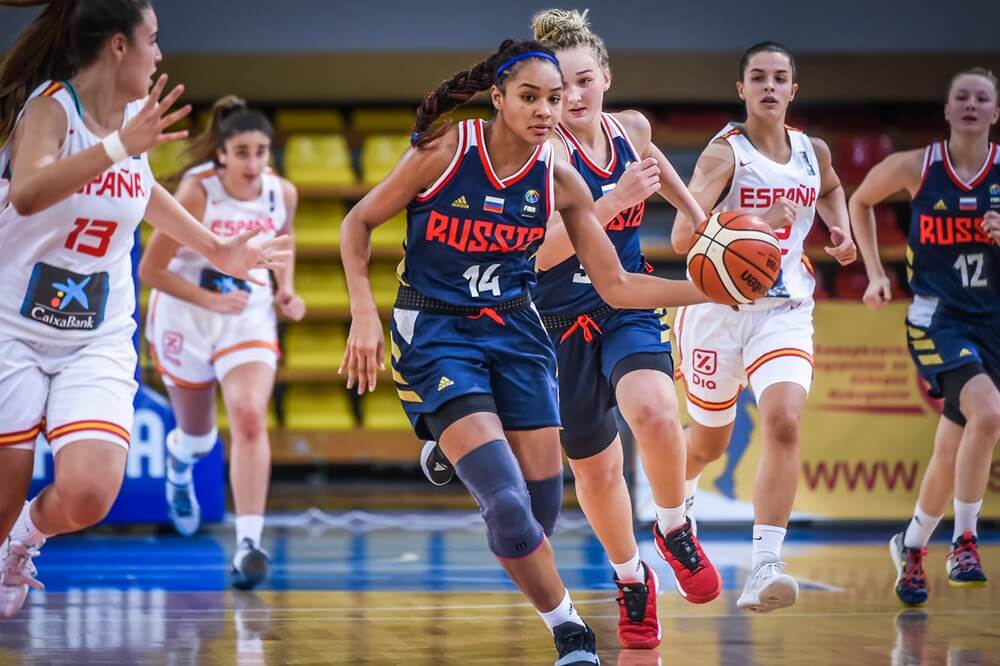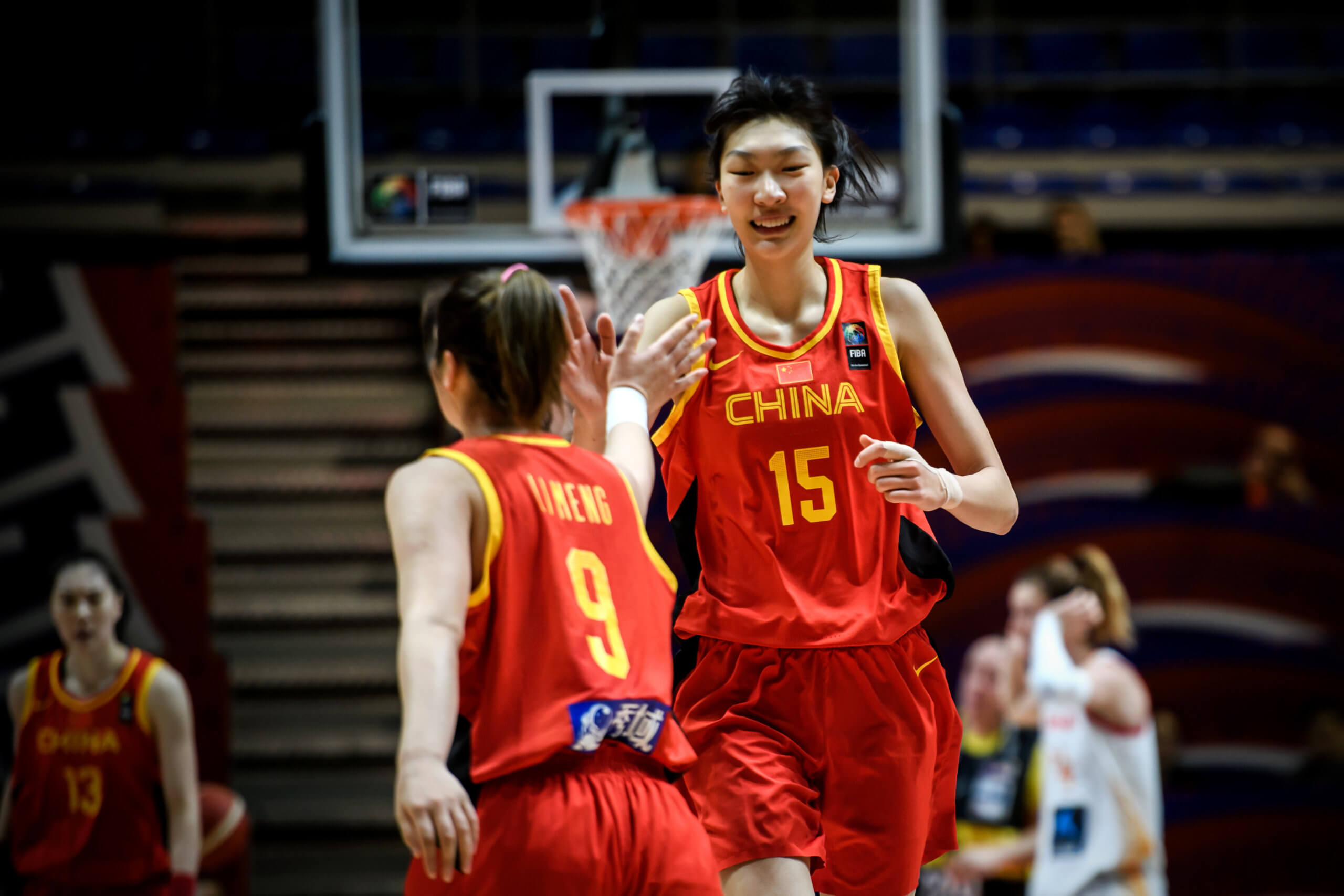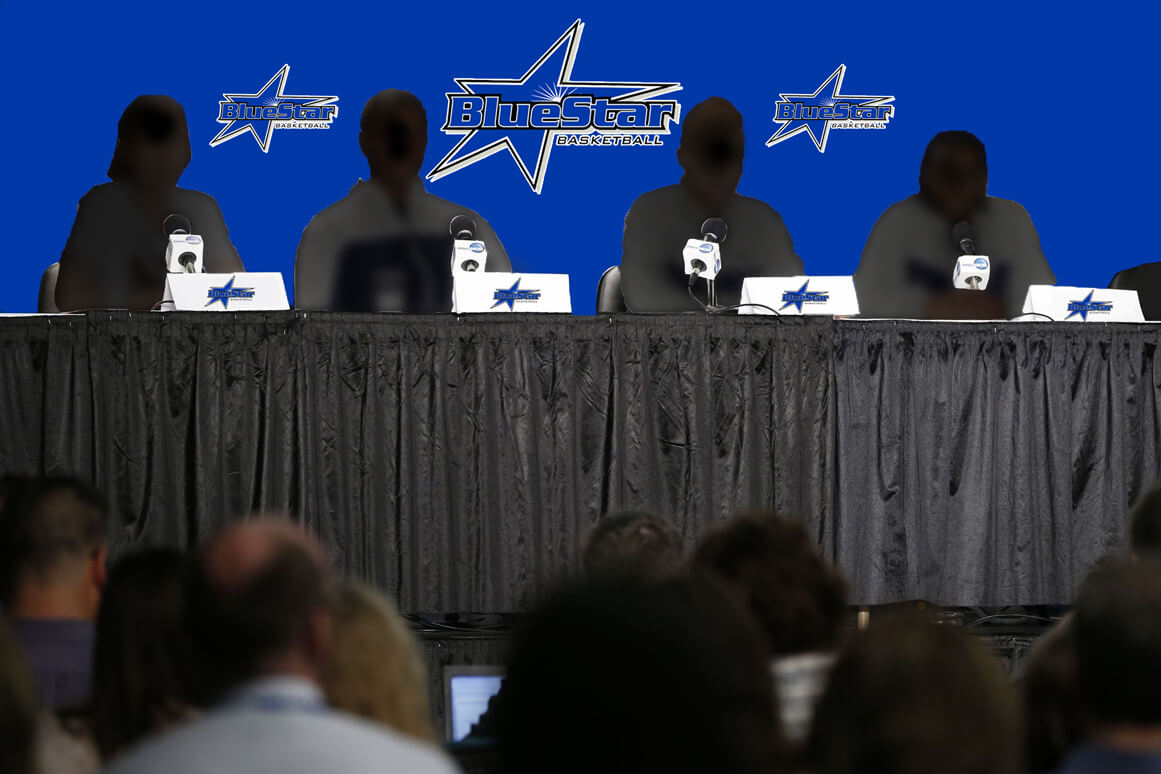They may be on the other side of the globe in comparison to my European base, but I always love to try and keep my finger on the pulse of Australian youth teams and emerging talent. (Photos: FIBA.com)
Not least because of the still fairly recent transition of the Aussies into the Asia region and the impact it is having and will continue to have on their emergence on the world stage. As I have written about previously, the initial tougher challenge of playing against contrasting styles in Japan, China and Korea for example, will plateau with time, and I think Australia will be an even more powerful nation than previously.
I accept it’s a crude equation that more demanding qualifiers and more competitive games than previously means the odd hiccup might come, but at the actual major tournaments, players should be better mentally prepared and aware of the level required.
Of course the possible fly in the ointment is whether at the very young levels within Australia, the pipeline of impressive talent will continue churning out prospects and potential future Opals, WNBL and NCAA level players. That is of course a wide spectrum right there, but basically some pretty decent players.
Exclusive for @BlueStarMedia1 @MikeFlynn826
Exciting @BasketballAus talents heading to #FIBAU16Asia and likely 2020 @fiba #FIBAU17
Love 🇦🇺 hoops so all 👀 on new Sapphires crop!
Future #GoOpals #FIBAAsiaCupWomen #FIBAWWC performers? @PickandRollAU
⤵️https://t.co/K5ERbEwJMm pic.twitter.com/1wwyJ7uGzO
— @Basketmedia365 🏀♀️🏀Paul Nilsen 🌈 (@basketmedia365) September 26, 2019
Now that the dust has settled on the Gems impressive run to the Final of the FIBA U19 Women’s Basketball World Cup in Bangkok a few months ago when they could, and probably should have won, the next global target in sight at youth level is the FIBA U17 Women’s Basketball World Cup 2020.
The event will be held in Romania next August and with just under a year to go, the first step for Australia is to navigate the FIBA U16 Asian Women’s Championship next month in Tokyo, Japan (Please note this has NOT been officially confirmed as the location and may be subject to change)
This will be only the second edition of the event that Australia have attended (rather than the Oceania Championships that went before) and in 2017 they won the title in Bengaluru when narrowly pipping Japan to the top spot of the podium in a 61-60 thriller. That particular team went on to take bronze at the FIBA U17 Women’s Basketball World Cup 2018 in Minsk of course, with several members such as Alexandra Fowler, Shyla Heal and Agnes Emma-Nnopu also getting that silver in the Thai capital this year at U19.
So, who will be the players to watch amongst this latest gold and green generation looking to pick up the torch and proudly continue the #FIBAU17 record which also saw a historic first ever gold medal in Zaragoza in 2016?
Well, there are 5-6 players 2003 or 2004 born who look set to shine as things stand, with my valued contacts helping to re-affirm the leading talents. Some of whom appeared recently at the FIBA U17 Women’s Division of the FIBA U17 Oceania Championship. Basically a relatively pointless tournament for Australia because they beat everyone including New Zealand by 30-40 points and more.
Anyway, back on track and to the U16’s in Tokyo, near the top of everybody’s list for and no secret as a truly outstanding prospect, Shaneice Swain is a real stud who can potentially kill it. A two guard who can shoot the lights out and not only put points on the board, she has creative ability as well. She arguably didn’t hit top gear at the U17 Oceania and yet still finished with a 56% shooting return and also showed her full skill-set with 4 assists and 3 boards per game. She was the best shooter on the team from long range with 41% from behind the arc.
https://www.instagram.com/p/B23vdpfA6cn/?utm_source=ig_web_copy_link
Swain could potentially form a devastating backcourt partnership with Kate Deeble in Tokyo, in what would be an all-Queensland backcourt. Deeble was terrific back in August and deservedly made the U17 Oceania All-Star Five. Although she may be very slightly undersized, she is lethal and a big facilitator. She scored almost 12 points per game and handed out 3 assists per outing and as many boards.
There is more depth and competition in the guard and forward spots from Paige Price, who really did showcase herself brilliantly. She shows a lot of composure and makes good decisions on the floor. She is not only a capable and efficient scorer, but her creative ability rose to the fore as she passed the rock almost five times per game at the Oceania U17. She can potentially play multiple positions and that flexibility makes her an exciting and intriguing player to watch.
Meanwhile that rotation could be extended further with the grit and defense of Luisa Faklata in Tokyo – something that could be priceless against the high-tempo Asian teams when foot speed, positioning and IQ really matters.
Perhaps the big question will be which of the forwards can pick it up at this event and Aussie hopes may be pinned on forward Charlise Dunn. As usual, Australia are likely to have the size to dominate inside but the frontcourt also needs to be able to defend the quickness of their opponents and get their heads around the ball being moved quickly in every area – or at least with much more speed than they will be used to. Dunn was rock solid at the Oceania U17 in 16 minutes per game and that time on court is likely to be higher at U16 Asia.
Finally, one player described by my contacts as a ‘smokey’ or a ‘sleeper’ is Nyadiew Puoch from Victoria, and that comes from the same person who put me onto Lily Scanlon before Minsk last time.
So, as always, I can’t wait to see this new crop of young Sapphires sparkle! More to come nearer to the event for sure.
Keep it locked to @Basketmedia365
Paul Nilsen lives and breathes women’s hoops. He’s is a freelance writer working for the sport’s world governing body FIBA where he pens a weekly ‘Women’s Basketball Worldwide Column’ - as well as providing daily content on major club competitions, international tournaments and the women’s youth game. He has an extensive network of contacts across the globe, including an array of elite play-callers and players. Also a qualified coach and referee, he is a big supporter of Blue Star Media and joined as a blogger during the fall of 2016.




